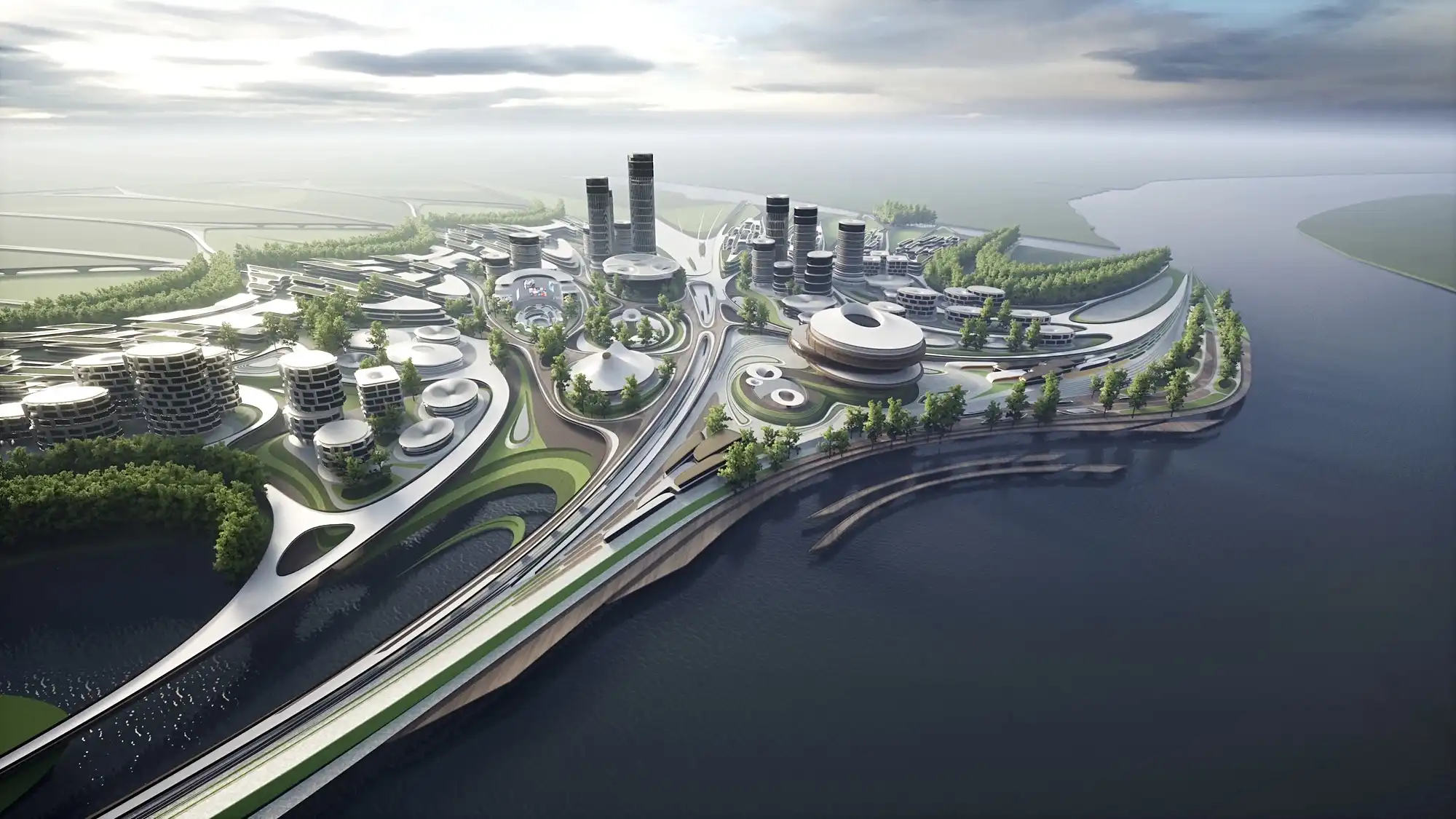
It's possible that code may shape architecture in the future and steel, concrete, or wood might lose their charm. Architects are venturing into the infinite realm of the digital world, known as the metaverse, while the physical world struggles with environmental restrictions, economic instability, and spatial limitations.
The metaverse, which was originally only found in science fiction, is now a valid area for architectural research. Furthermore, its architectural expressions are anything but ambiguous, even though its precise definition. A shared virtual world that combines immersive 3D settings, blockchain economics, and user-driven narratives. In addition to creating virtual commerce and avatars, today's architects and designers are pushing the limits of sustainability, social imagination, and spatial experience in the metaverse.
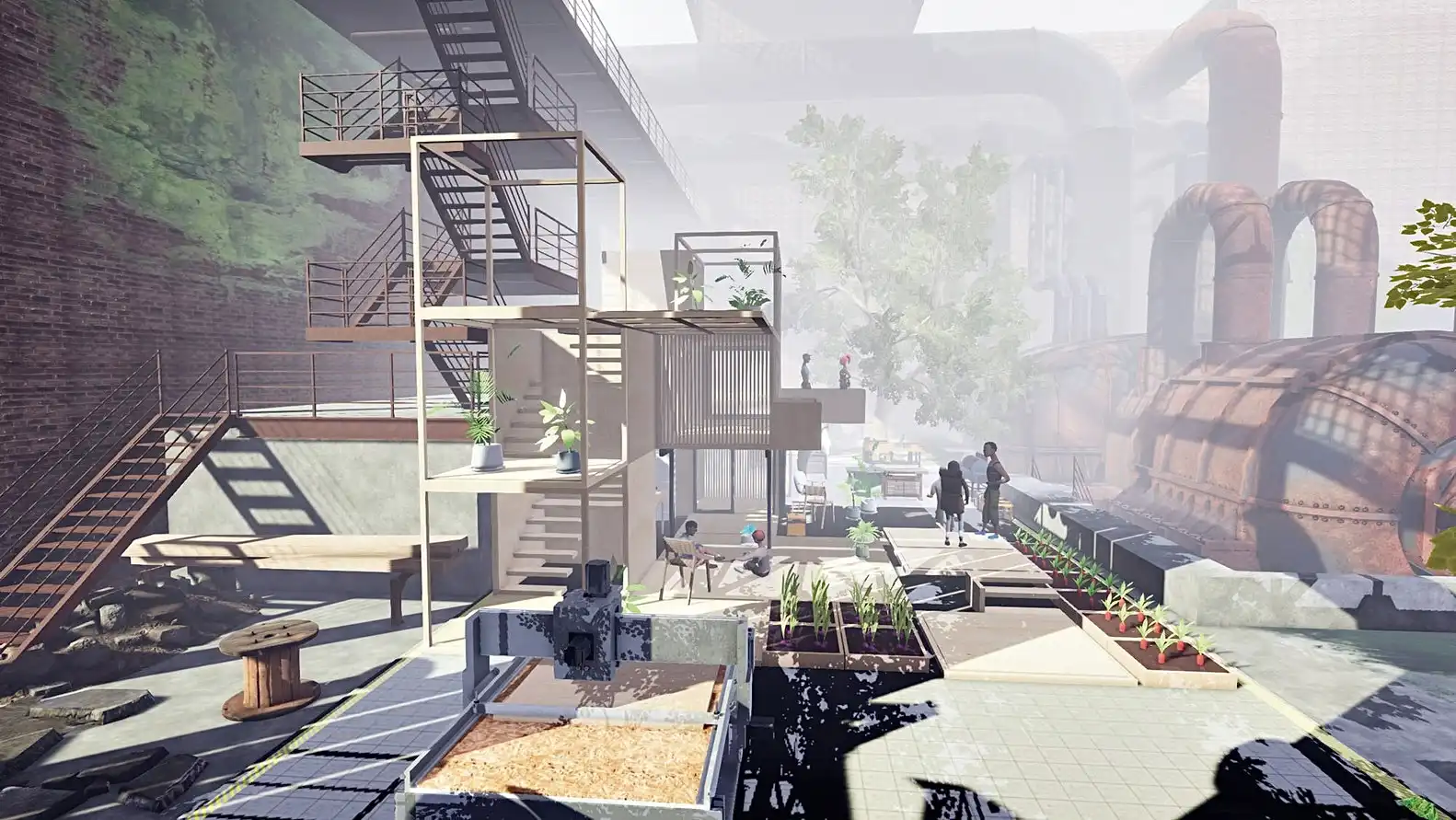
Liberland is a self-proclaimed micronation on disputed territory between Croatia and Serbia. It is situated at the nexus of architectural utopianism and libertarian ideals. Although Liberland's actual sovereignty is still up for debate, its online presence is extremely genuine and revolutionary.
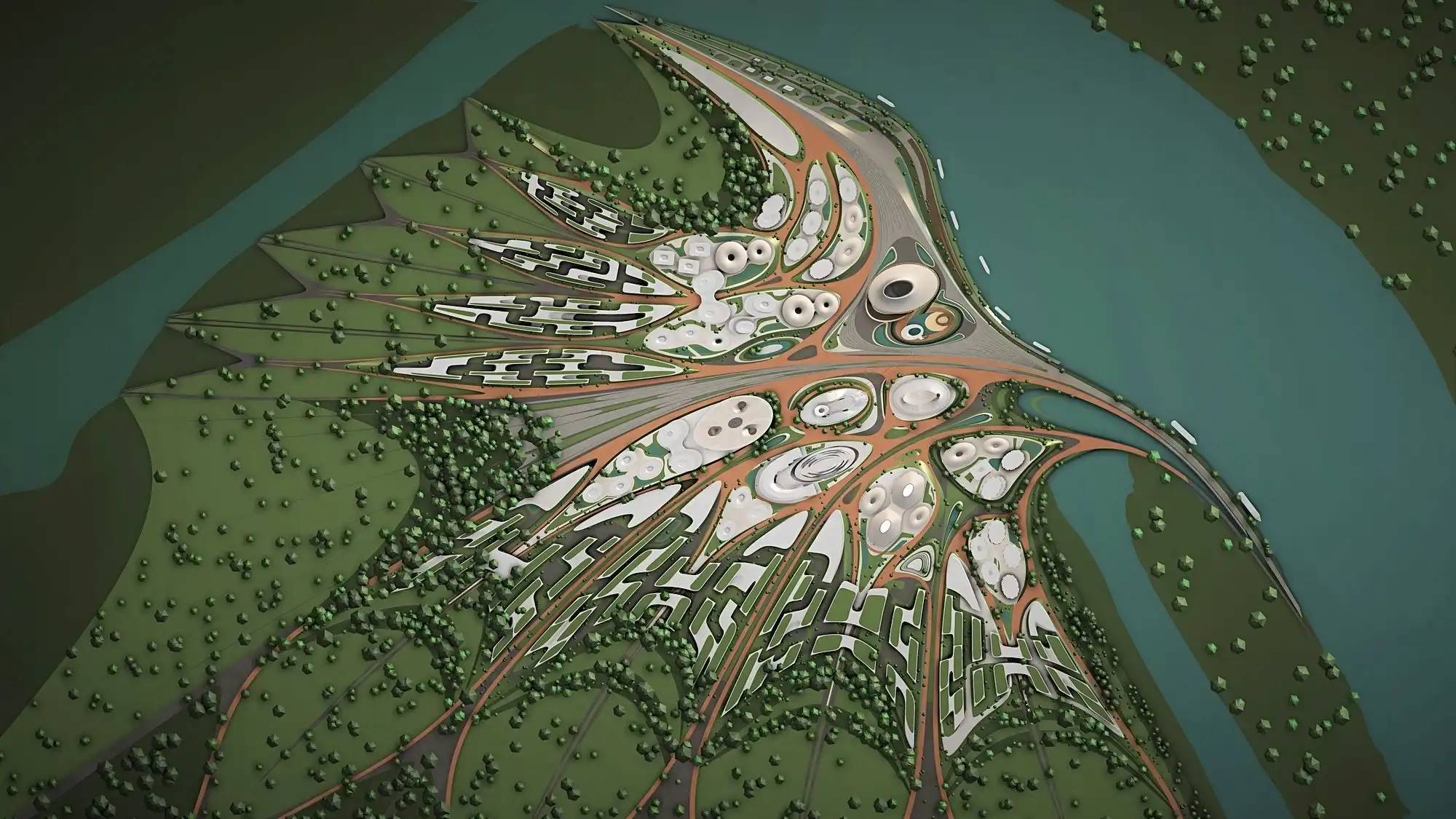
The Liberland Metaverse, created by Mytaverse and Zaha Hadid Architects (ZHA), is a dynamic urban system, which includes green spaces, plazas, civic buildings, and open governance systems, all designed with the distinctive fluidity of ZHA.
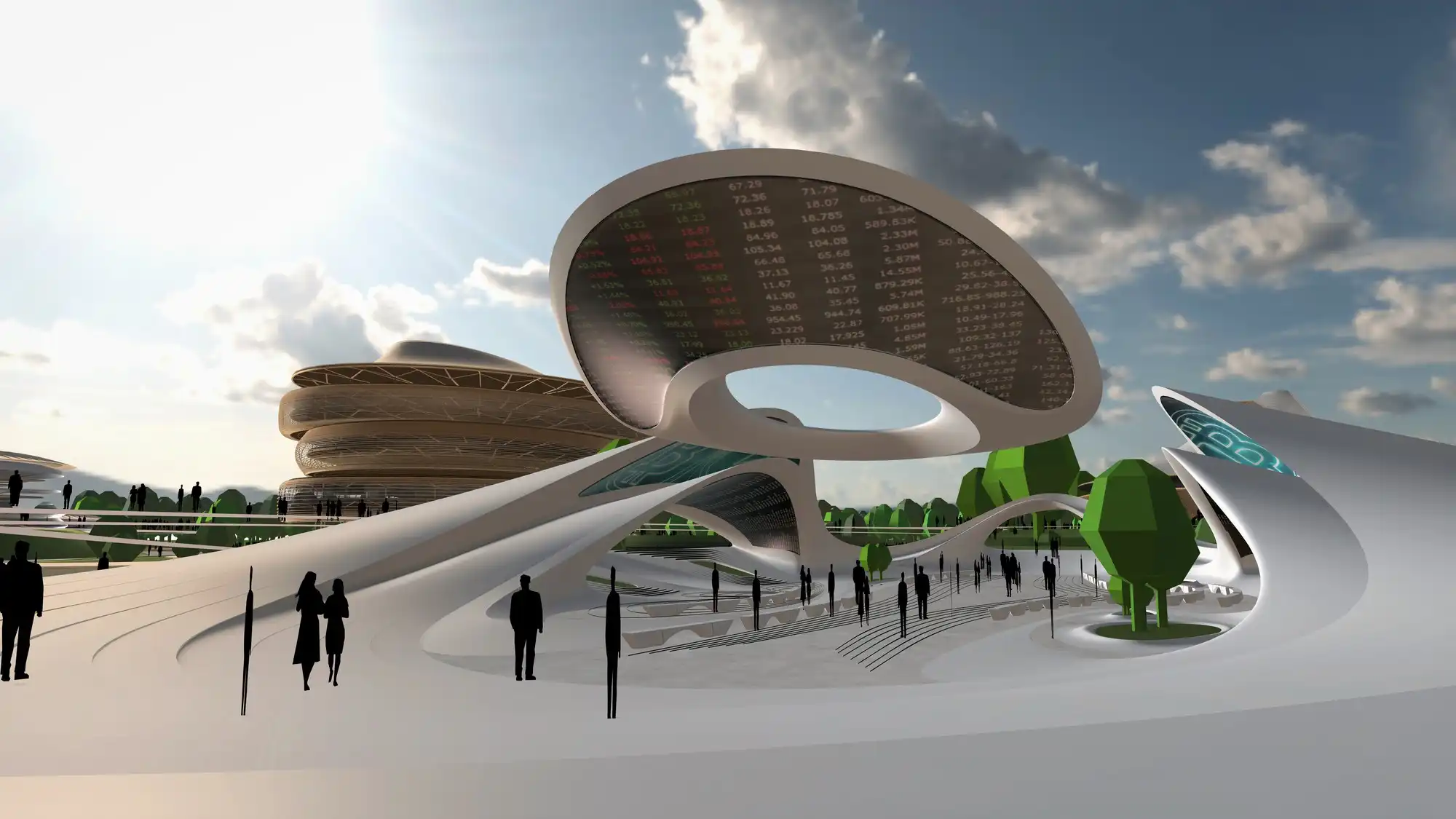
In contrast to actual cities that are weighed down by bureaucracy and history, Liberland's digital capital is not constrained by gravity or laws. Glistening facades wind into communal centers, while parametric curvatures flow into open amphitheaters. More significantly, it's a test of how political principles like autonomy, transparency, and decentralization may be realized through spatial design in a virtual country.
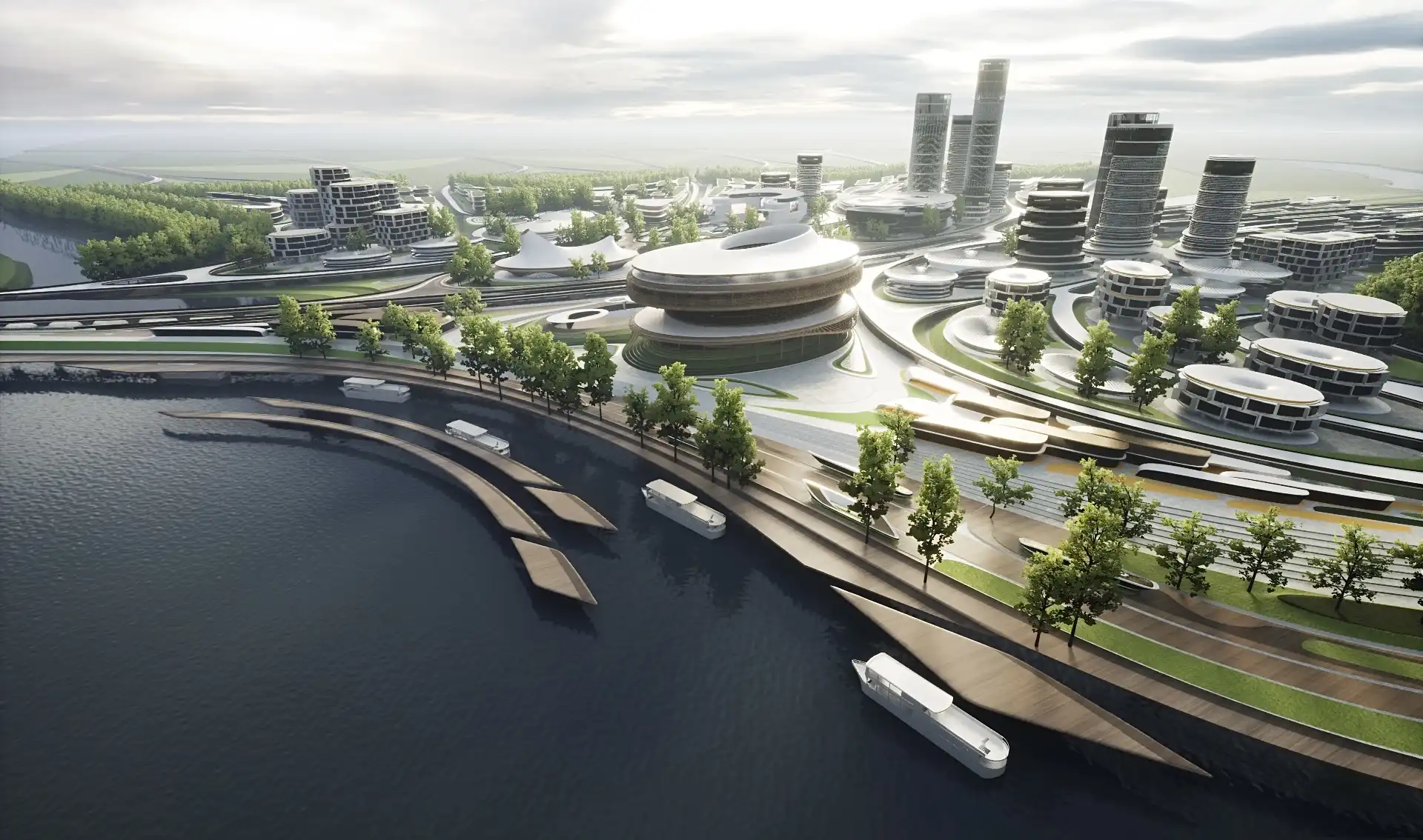
A metabolist period came to an end in 2022 with the demolition of Tokyo's famous Nakagin Capsule Tower, but not in the metaverse.
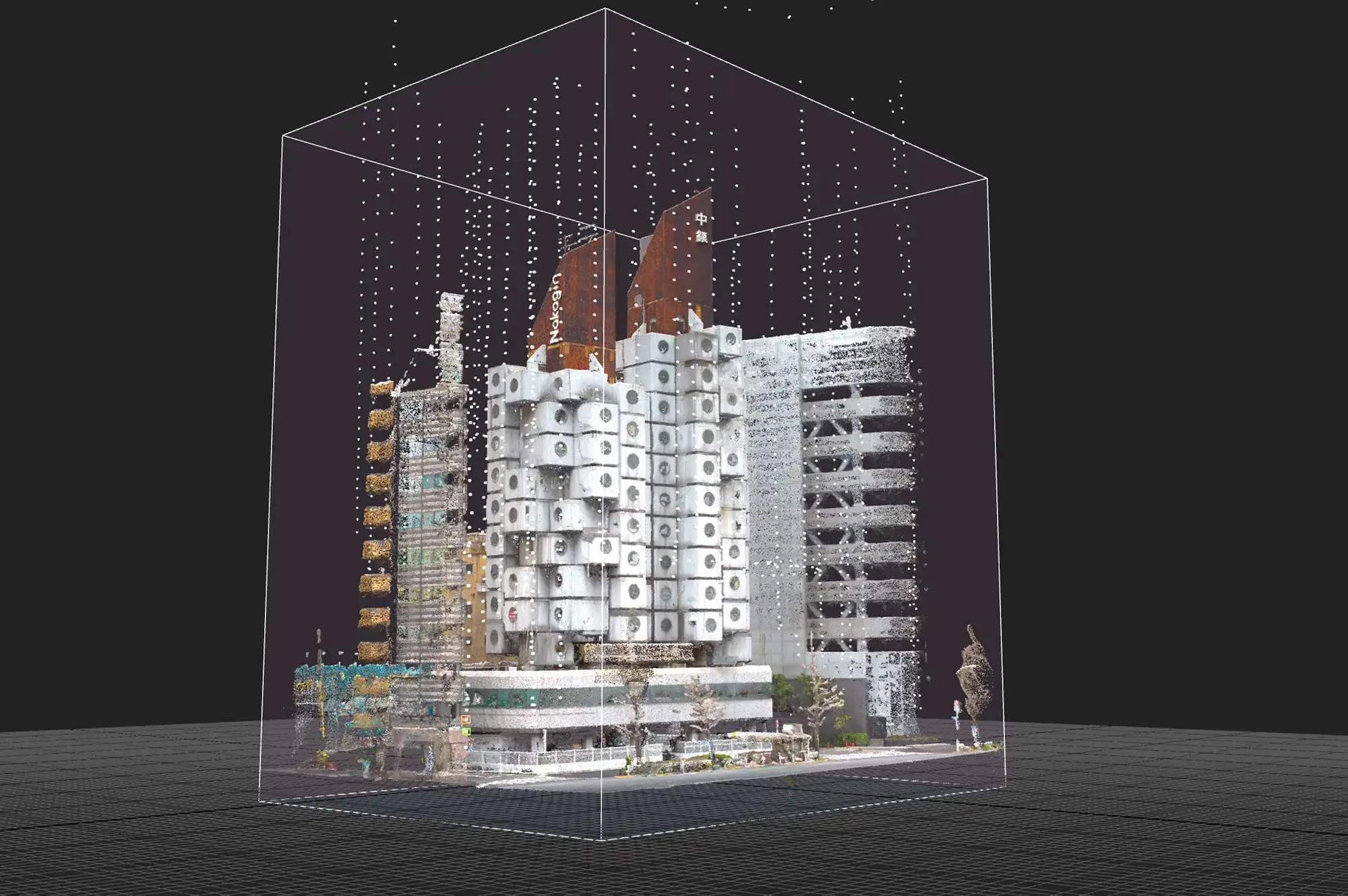
The digital design studio Gluon, situated in Tokyo, has brought Kisho Kurokawa's modular masterwork back to life in pixel-perfect virtual reality. Gluon's adaptation of the tower, created in partnership with the Nakagin Capsule Tower Preservation Project, is an adaptive reinterpretation of the original's fundamental concepts: adaptability, plug-in living, and the cyclical nature of architecture. It is not a sentimental recreation.
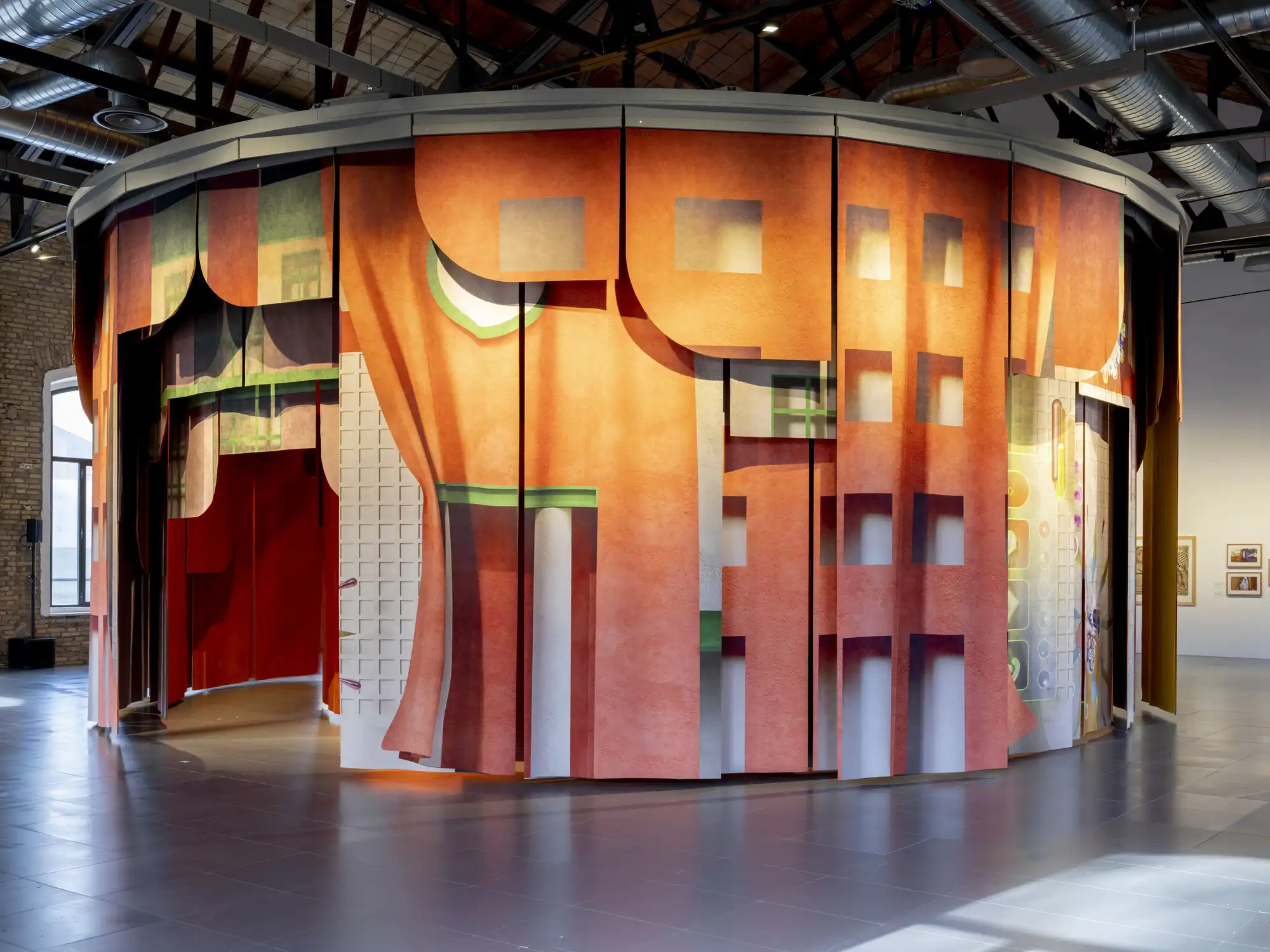
Users can rent or own capsules as NFTs within this digital doppelganger, personalize them with AI-generated interiors, have virtual meetings, or just meditate while seeing a virtual cityscape of Tokyo.
It is a rebirth and calls into question the idea of architectural permanency.
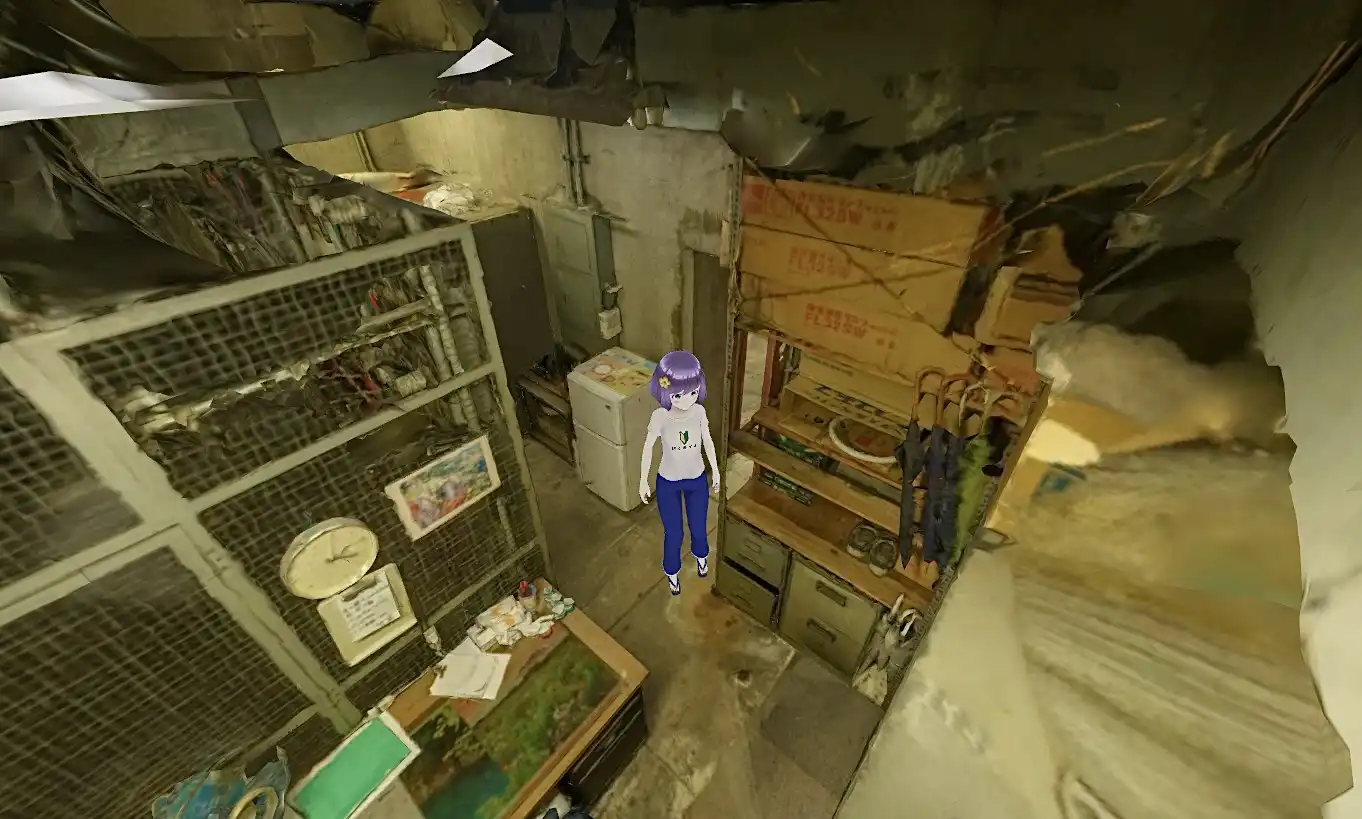
What occurs when design and provocative storytelling collide in an area devoid of building codes or zoning laws? You receive VICEverse, which was created by Bjarke Ingels Group (BIG) and serves as the digital headquarters of VICE Media Group.
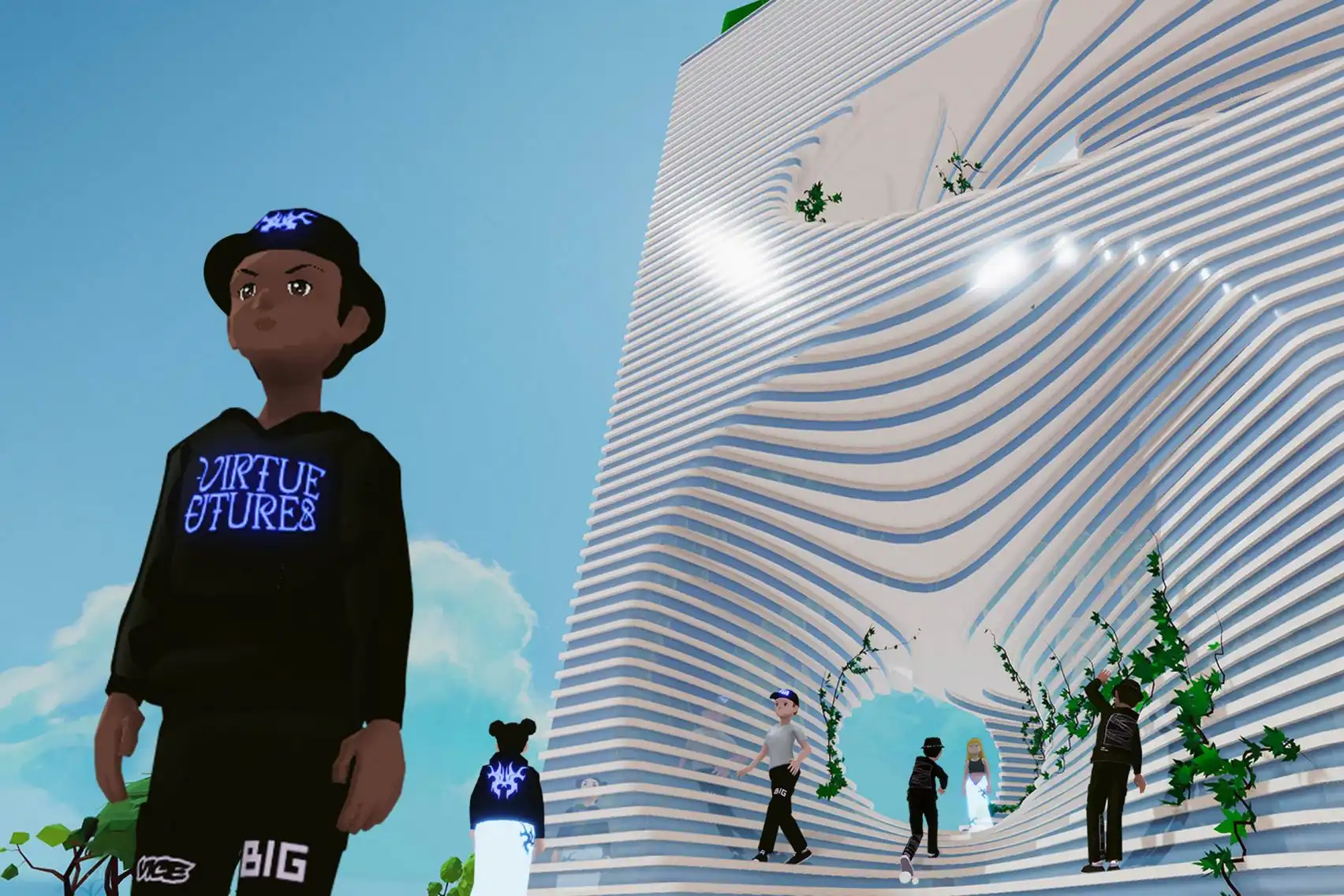
VICEverse, which is housed inside Decentraland, is a rethinking of the media workplace that emphasizes online above cubicles. The company's edgy voice and countercultural origins are referenced in BIG's design. Visitors enter a playground that includes social interaction zones, editorial labs, NFT galleries, and open town halls where avatars can attend parties, debuts, and interviews instead of a sleek glass box.
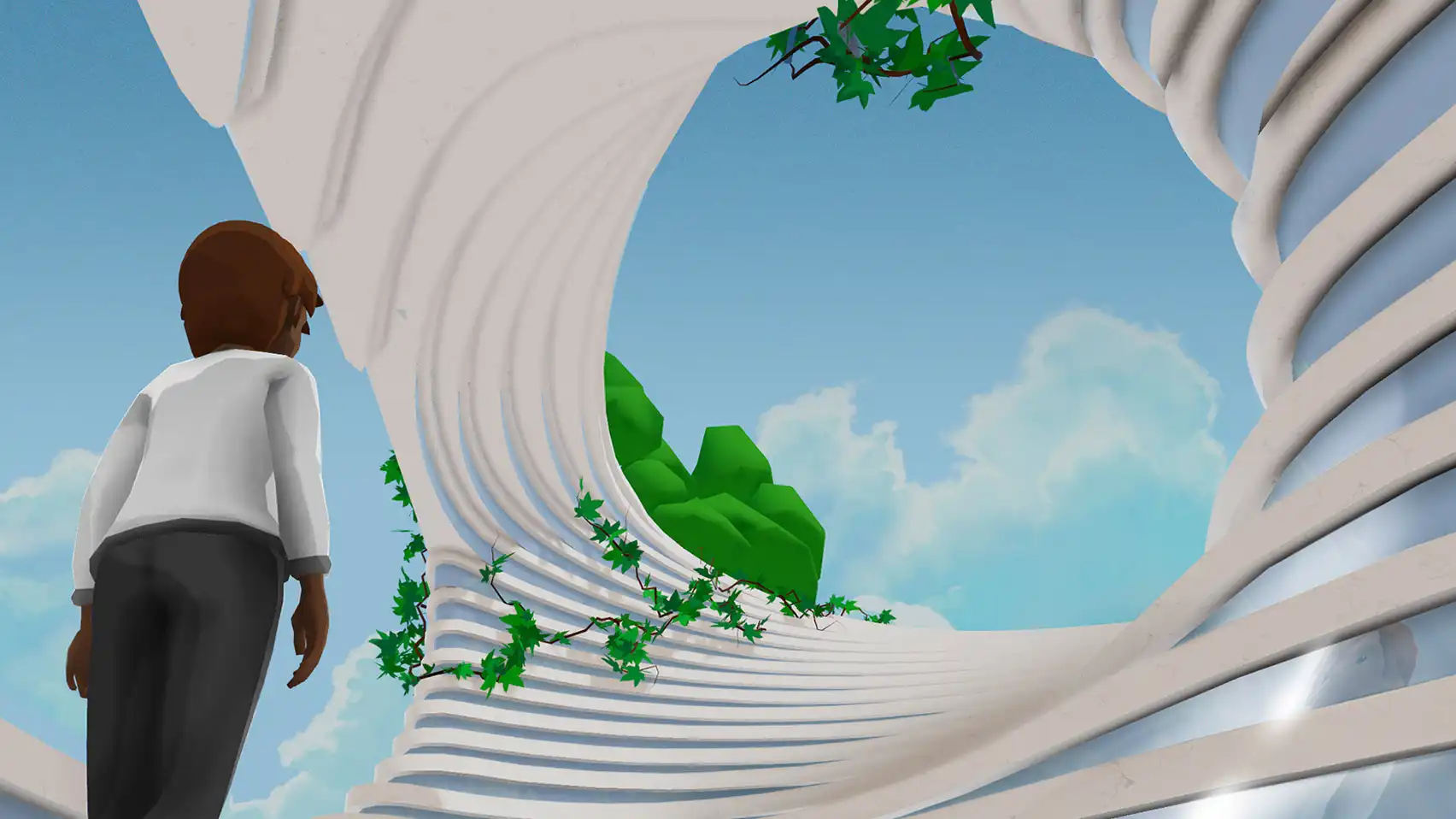
The structure is dynamic. It changes, just like news itself. Spaces are a combination of architecture and algorithms that react to events and levels of participation. The conventional office typology is broken down and then put back together as a live media organism.
Designer Andrés Reisinger together with the architect Alba de la Fuente, has developed a residential project for the metaverse inspired by the coldest season of the year.
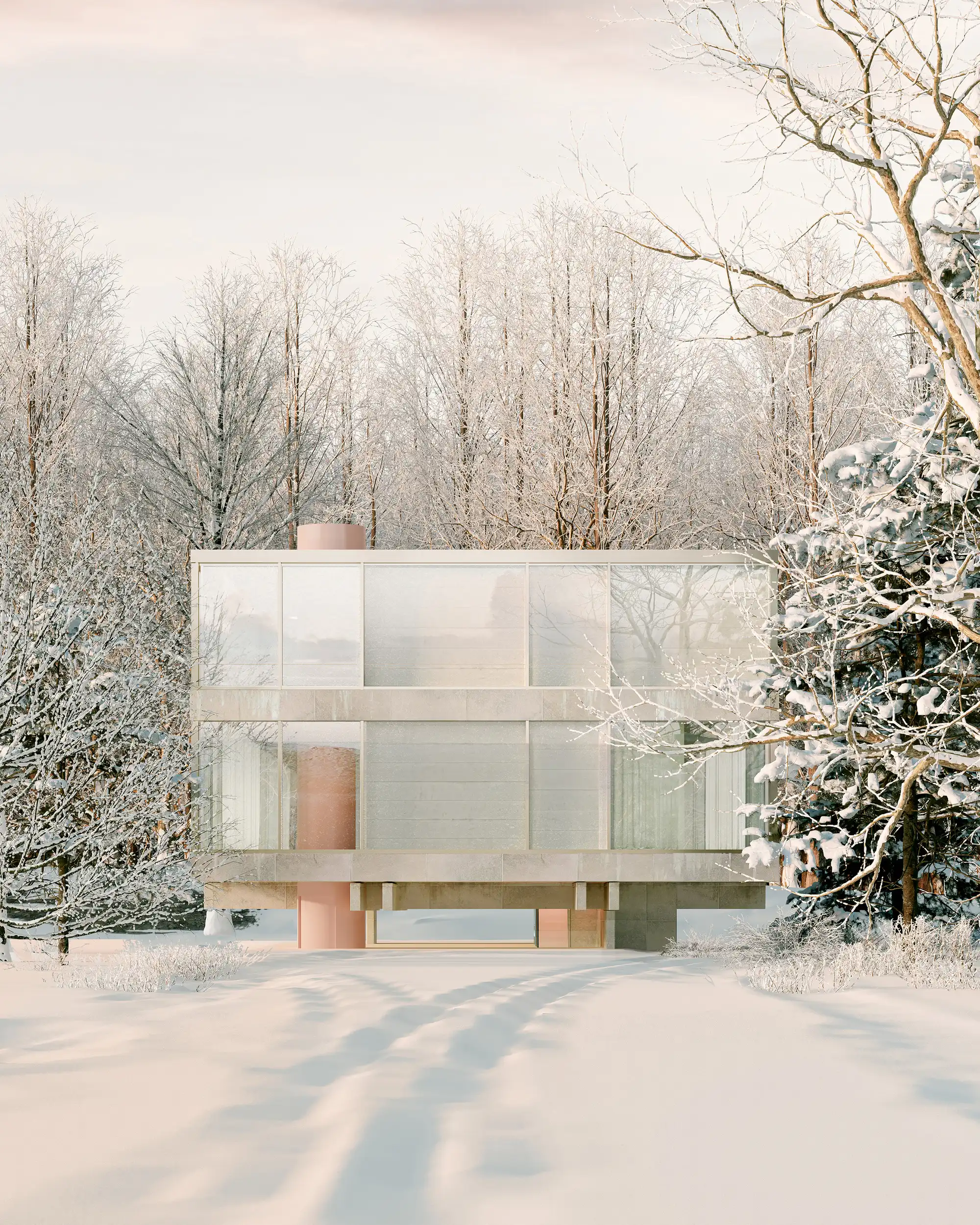
The Winter House started off as a digital daydream. It is a calm virtual home with muted colors, simple geometry, and an easy transition between interior and outdoor areas. Inspired by the utilitarian aesthetics of Dieter Rams' 1960s modernism, the project is intended to serve as a peaceful winter getaway. The building is anchored by a concrete base, and the inside is filled with natural light due to a floating floor and floor-to-ceiling transparent panels.
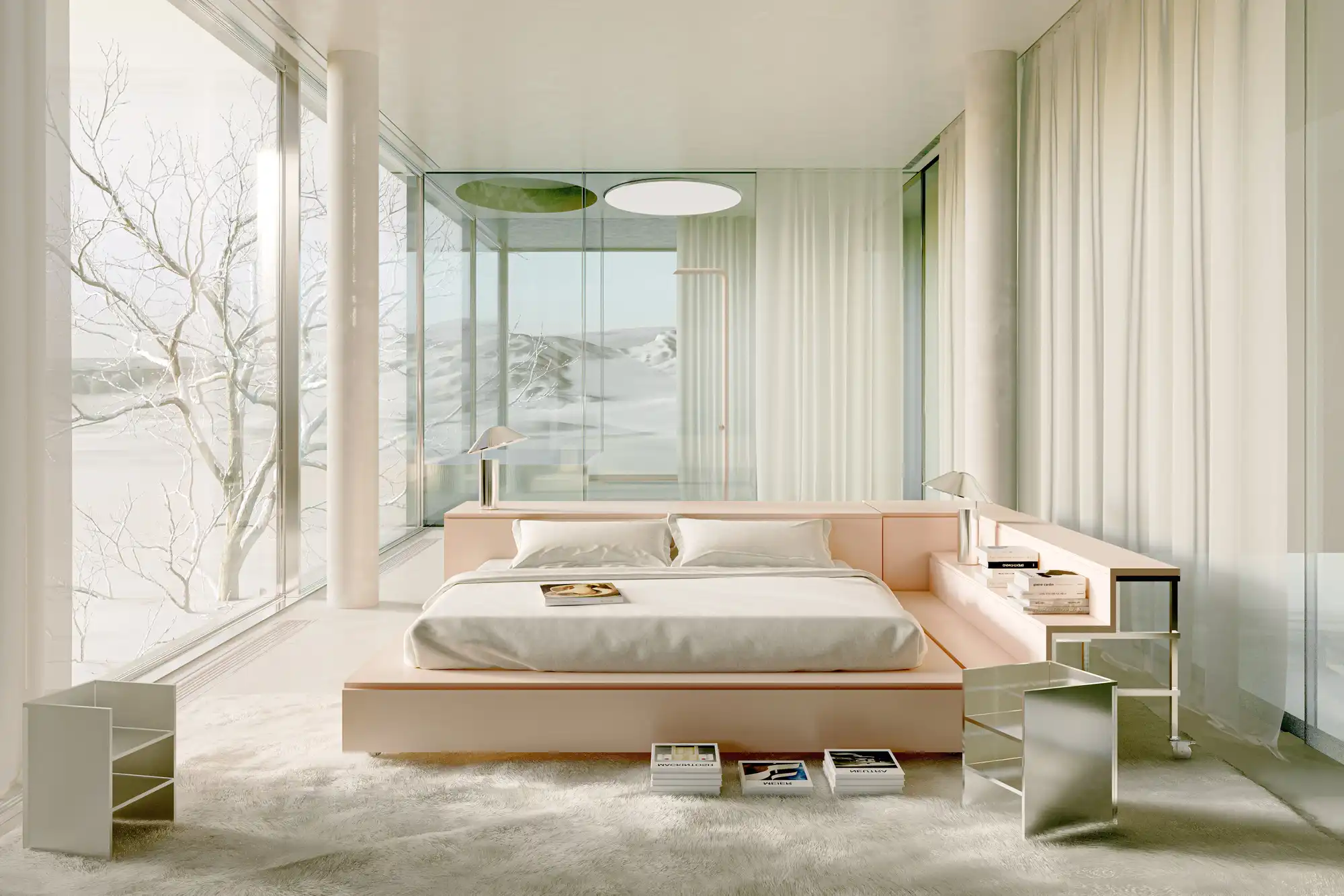
The Winter House is a remarkable example of metaverse architecture. Its ambiance is created by soft pink tones, natural elements like concrete, glass, and steel, and a sophisticated palette of beiges.
While many architects concentrate on creating buildings for the metaverse, Ben van Berkel's Dutch company UNStudio is thinking bigger: how will people navigate virtual cities?
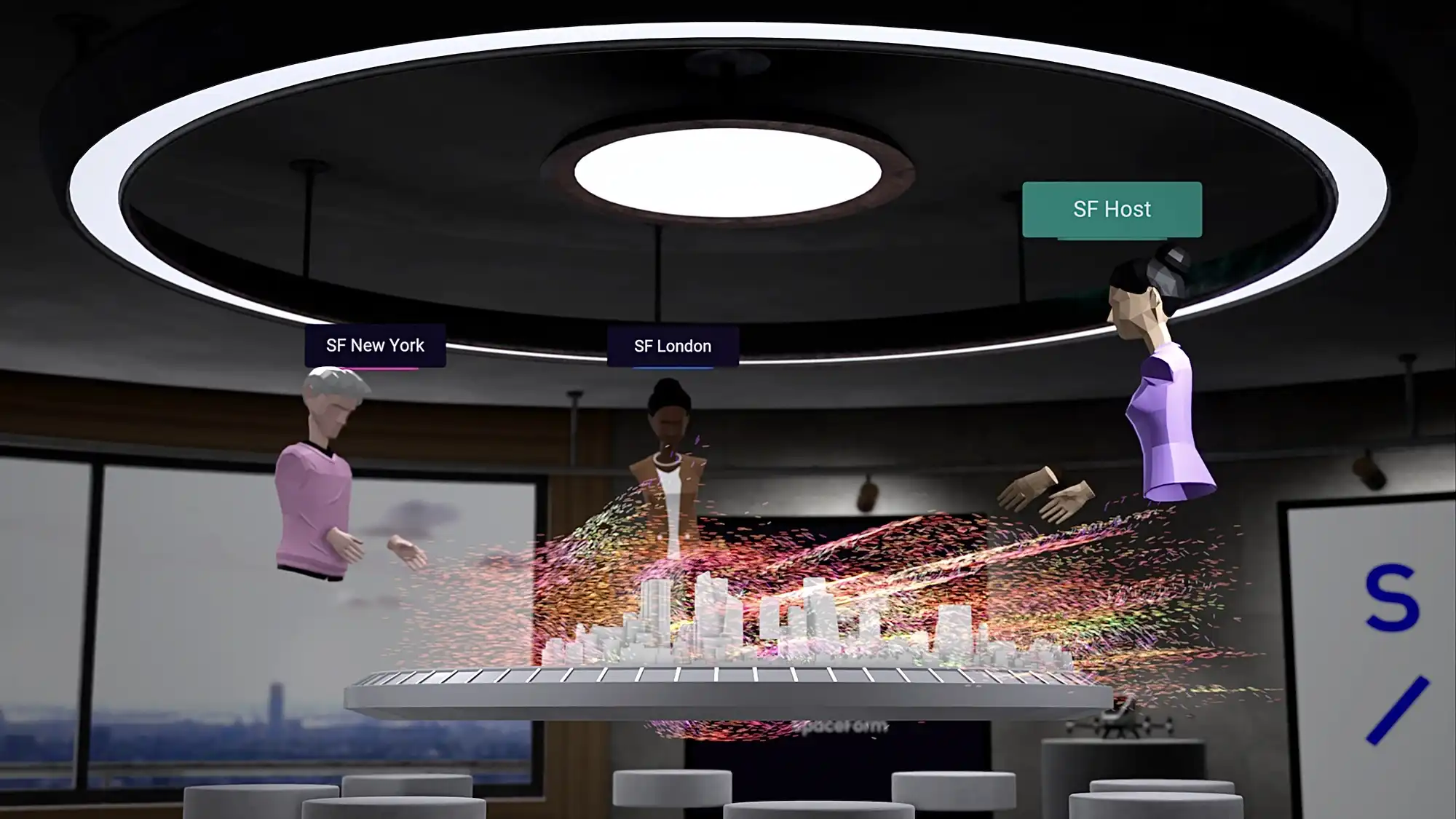
NStudio collaborated with experience design firm Squint/Opera to create a proposal for metaverse-specific Mobility-as-a-Service (MaaS) platforms. Imagine a UX-focused transportation interface that connects high-speed transit hubs, virtual escalators, elevators that can be used by avatars, and zoning tools that allow users to move between virtual campuses, commercial centers, and digital plots.
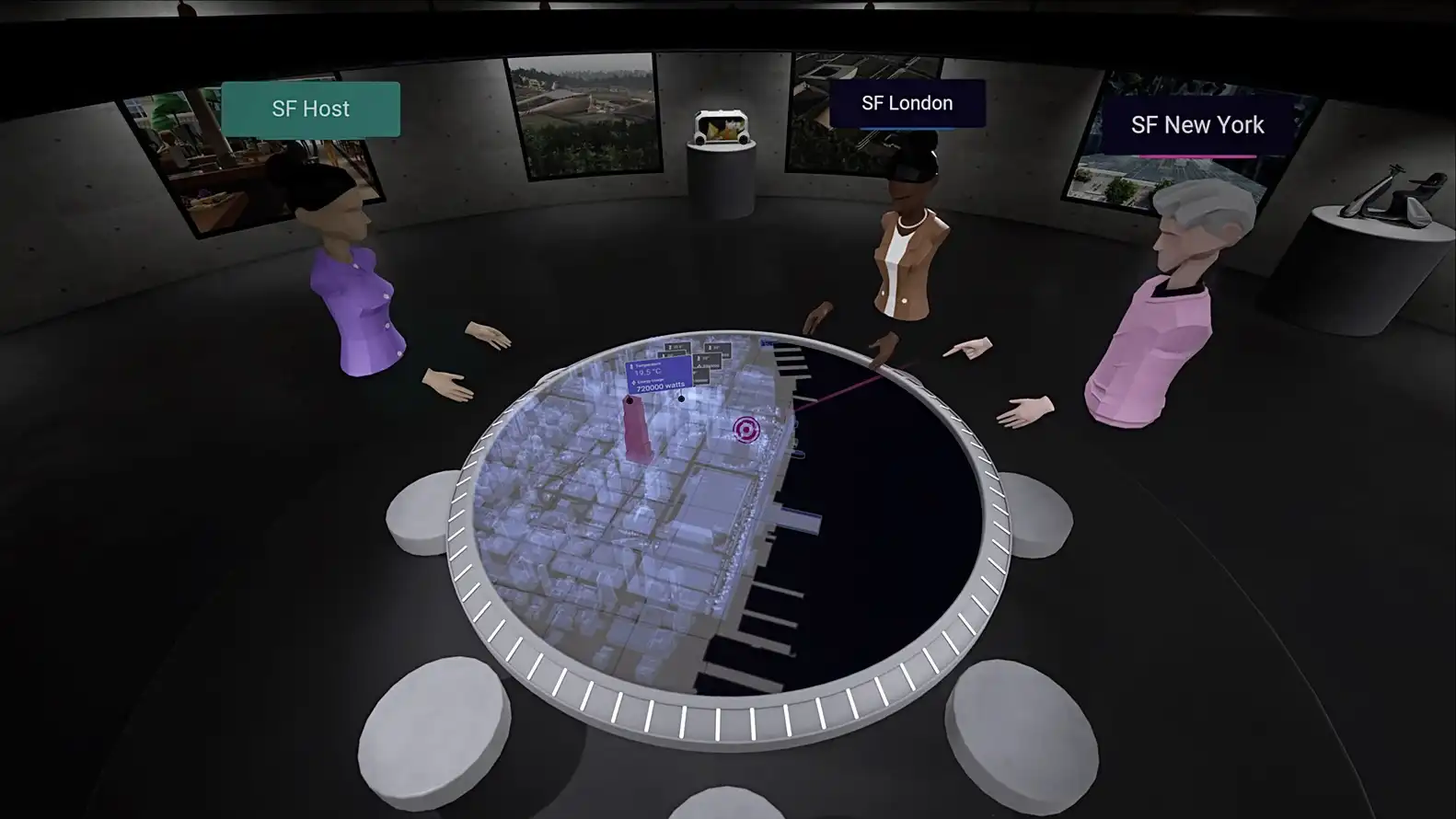
Their goal is to transform the metaverse into a livable, scalable metropolis rather than a collection of bizarre structures. Their urban mobility methods, which include AI-based route planning and congestion charging, are modeled off as actual smart city tactics. It is evident that infrastructure is important, even in fantastical settings, and that planners, architects, and mobility designers all have a part to play.
By doing this, UNStudio is establishing the rules and reasoning that could influence how future virtual megacities move.
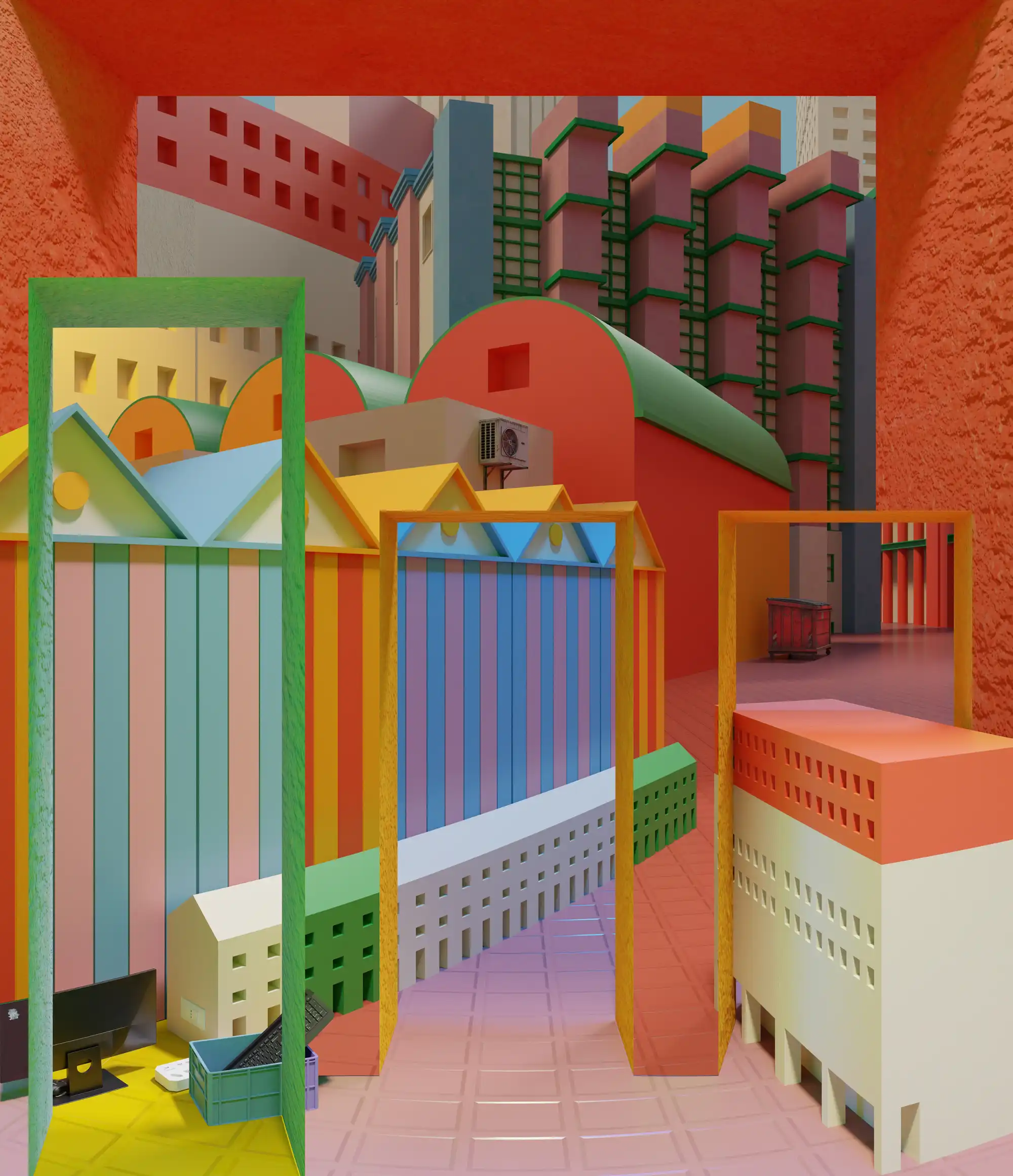
London-based architects Lara Lesmes and Fredrik Hellberg's noteworthy metaverse project Aldo Rossi's urbanist views are translated into the virtual world in their Search History installation at MAXXI Museum in Rome.
Search History prioritizes browsing, teleportation, and re-interpretation inside the metaverse rather than being constructed as property to speculate on. Instead of being privatized or marketed, it is a site-specific inquiry into how digital cities might be jointly constructed and remembered.
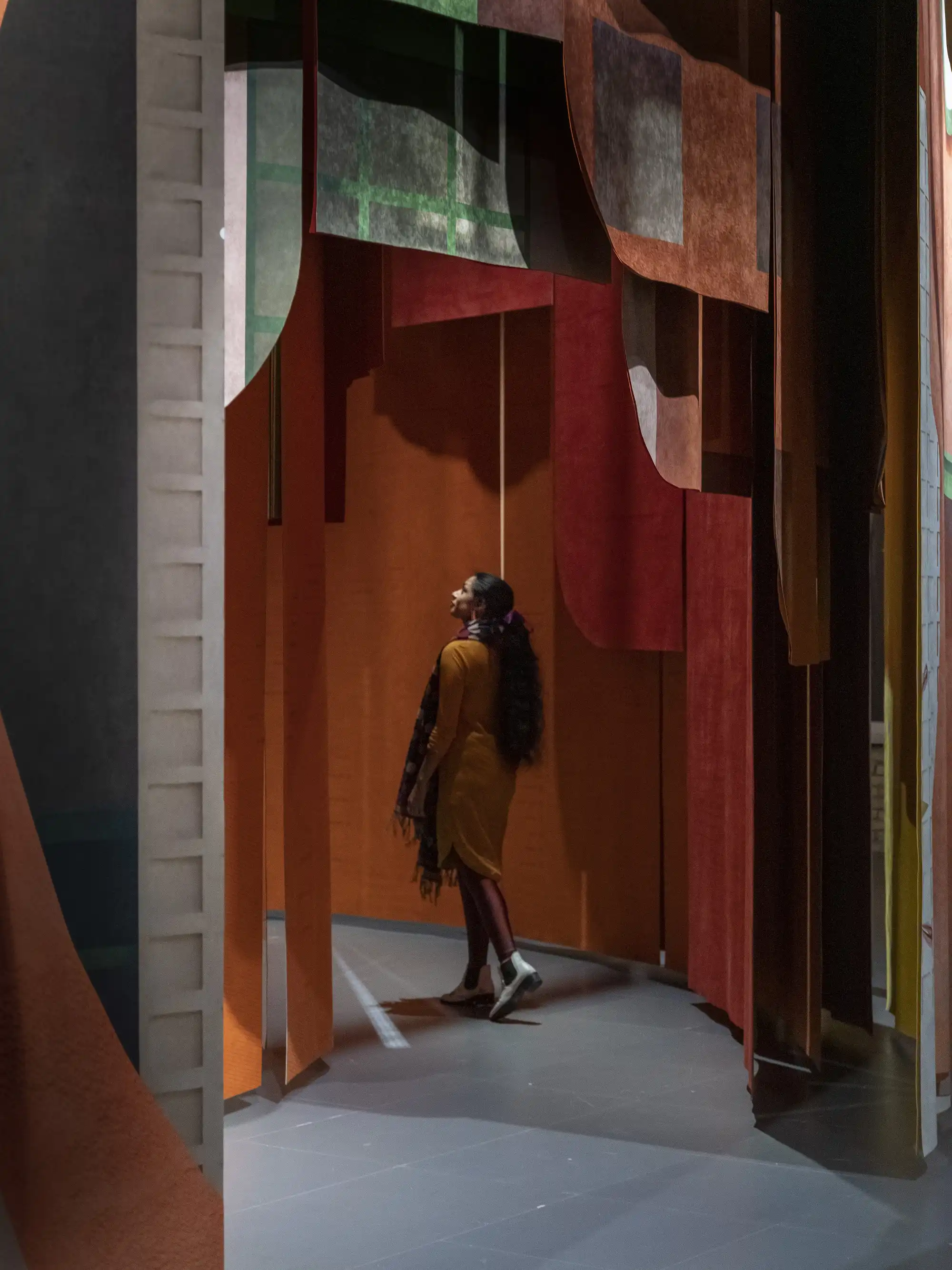
The exhibition, which was created as a component of the Studio Visit program, reflects on the spread of virtual worlds and collective memory. It transforms Rossi's ideas of the analogous city and urban fact into a digital architecture for the metaverse. Users traverse memory-like areas that archive and repeat the city's history as the work develops as a layered landscape.
Metaverse is a liberation for architects. The buildings that float, change, glow, or defy standard geometry can now be explored by unrestricted gravity, zoning regulations, and construction budgets. However, it goes beyond aesthetic freedom. From NFT galleries and avatar businesses to virtual land developers, the metaverse has produced new customers and new economies. Additionally, technology gives iconic buildings that are in danger of being erased a second chance at life.
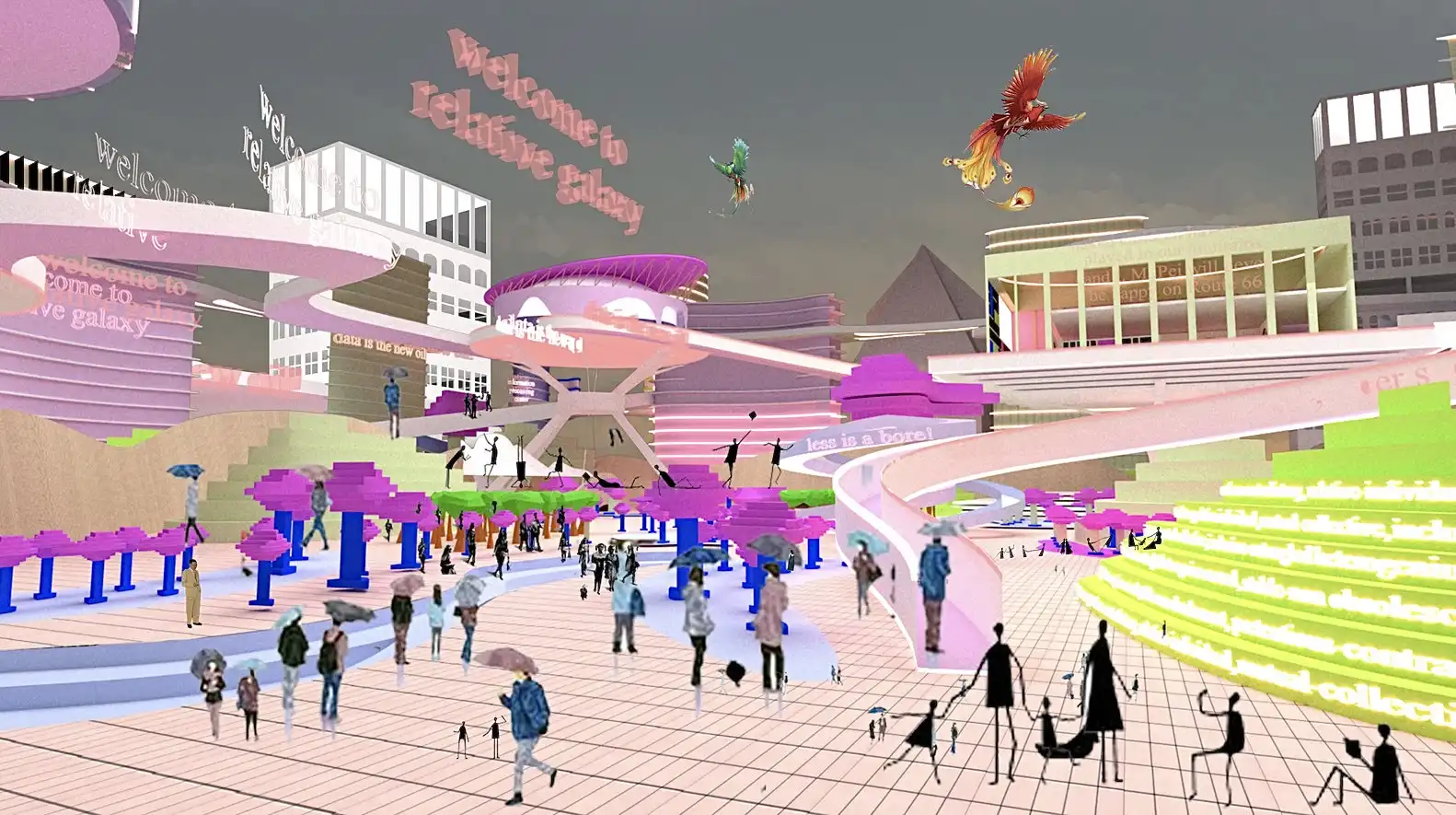
Experimentation speeds up in this frictionless setting; designs that previously took years to develop may now be iterated in a matter of days and tested by actual users in virtual reality or augmented reality. Perhaps most significantly, the metaverse reinterprets the architect's function as a storyteller rather than a form-giver, creating worlds in which space and narrative are inextricably linked. In this field, architecture becomes more than just what we construct.
It enables architects to pose fresh queries like: What does it mean to live in a place? Without material, what does permanence mean? Is it possible to sense architecture without touching it? Bricks and masonry might not hold the solutions; instead, pixels and creativity might.
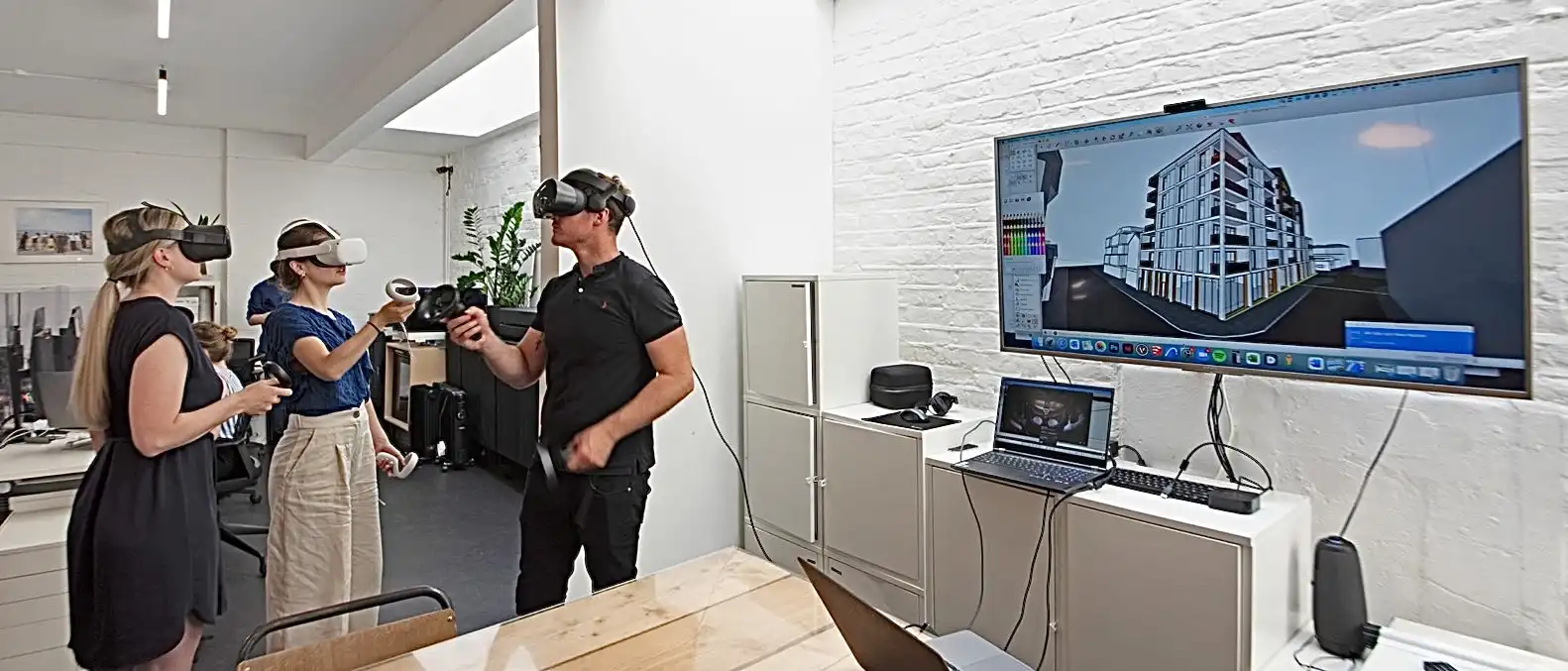
From preserving endangered icons like the Nakagin Capsule Tower to designing adaptive urban systems in Liberland and VICEverse, metaverse architecture is pushing boundaries in architecture.
In the metaverse, architects are no longer just responsible for observable results. They are also social engineers, psychologists, storytellers, and system designers. They are creating ecosystems, economies, interactions, and experiences. Architecture won't be replaced by the metaverse. It will stretch it, though.
You must be logged in to comment.